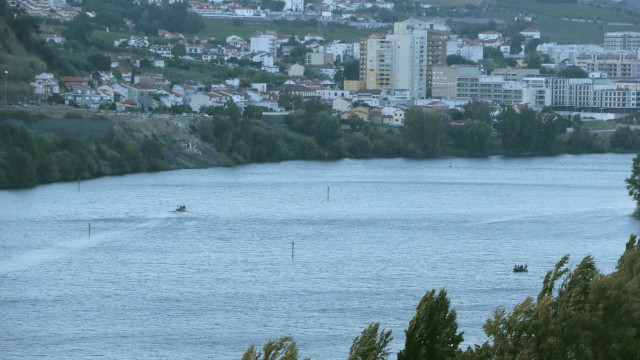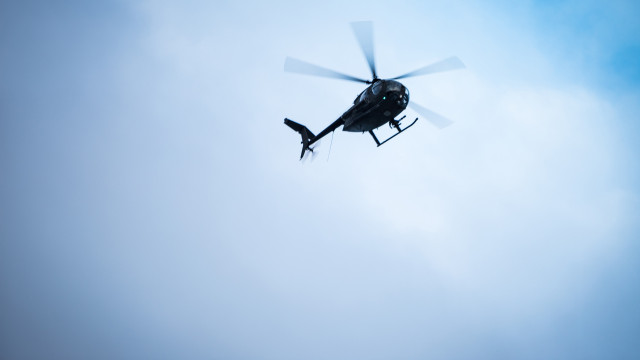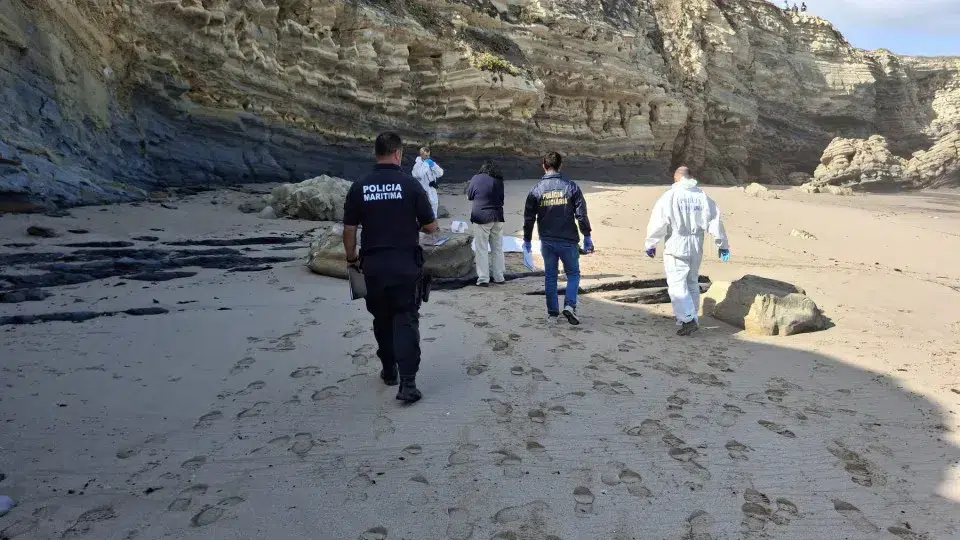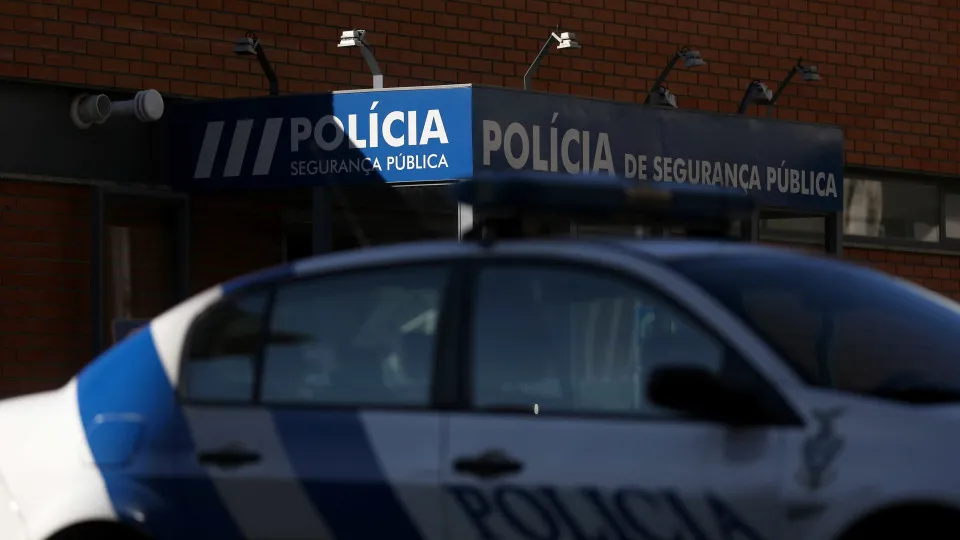The causes of the helicopter crash that occurred on August 30 in Lamego, Viseu district, which resulted in the death of five military personnel from the Guarda Nacional Republicana (GNR)/Emergency Protection and Relief Unit (UEPS), may question the actions of the pilot, the sole survivor.
On Thursday, the final report from the Office for the Prevention and Investigation of Aircraft Accidents and Railway Accidents (GPIAAF) concluded that there were “mission cancellations with deviations to return routes to their bases without apparent justification” and that the “relaxation of procedures or simply accepting deviations like low-altitude flights without a mission reason […] could have prevented the occurrence.”
The defense of the aircraft’s pilot, who was the only survivor of the crash, considers the conclusion “biased” and “partial.”
How did the accident occur?
A firefighting helicopter crashed into the Douro River in August last year. The accident claimed the lives of five members of the GNR Emergency Protection and Relief Unit, aged between 29 and 45 years.
The aircraft crashed into the Douro River at 12:50 p.m. on August 30, 2024, near the village of Samodães, Lamego, and carried a pilot and a team of five military personnel from the Emergency Protection and Relief Unit (UEPC) returning from a fire in the Baião municipality.
The pilot, the only survivor of the accident, was named a defendant by the Public Prosecutor, being suspected of negligent homicide and dangerous operation of a means of transport by air, water, or railway.

The pilot of the aircraft that crashed into the Douro River was named a defendant. The man, the only survivor of the accident, is suspected of negligent homicide.
Andrea Pinto | 12:09 – 10/07/2025
Conclusions of the GPIAAF report
According to the report from the Office for the Prevention and Investigation of Aircraft Accidents and Railway Accidents (GPIAAF), the helicopter disrespected the minimum altitude, with these route deviations, without operational reasons, in scenic areas, being accepted over the years by those involved in aerial firefighting.
The investigation found the existence of “mission cancellations with deviations to return routes to their bases without apparent justification”, across various operational bases throughout the country.
“The relaxation of procedures or simply accepting deviations like low-altitude flights without a mission reason, coincidentally over areas of landscape interest, are practices observed with some frequency and, if avoided, could have prevented the occurrence“, notes the GPIAAF.
It also mentions that “the pilot’s decision in choosing the return trajectory to the base” at Armamar, Viseu district, after canceling the mission to fight a fire in Baião, Porto district, when flying over the Douro River “at high speed and low altitude, considerably increasing the flight’s risk”, contributed to the crash of the AS350 – Écureuil.
Conclusion contradicts pilot’s statements. What’s next?
These conclusions contradict the explanations initially provided by the aircraft’s pilot, who told GPIAAF investigators that before the accident, he observed “a medium-sized bird” in the same flight line, necessitating “a deviation”, and by his lawyer, who pointed to “mechanical failure” as the cause for the crash into the Douro waters.
“We have no doubt that it was a mechanical failure. My client says the controls got stuck, and now we wait for the investigation to tell us why”, said Albano Cunha, the pilot’s lawyer, to Lusa, five days after the accident.
The investigation stated at the time that “no technical failures or irregularities related to the helicopter were detected that could have influenced the sequence of events“, and when recently compared with the report’s conclusions, the pilot did not provide an explanation for the low altitude flights.
“The pilot could not explain, and the investigation could not determine, the reason for the deviation from the direct return route to the base on the various flights that took place, including the flight of the accident, following the winding Douro River valley at low altitude,” adds the investigation.
Investigation “biased”, says helicopter pilot’s defense
Meanwhile, the defense of the helicopter pilot labeled the investigation by the air accident investigating agency as “biased” and “partial”.
According to the pilot’s defender, Luís Filipe Rebelo, “the GPIAAF tries to describe the helicopter crash as a possible failed maneuver, basing its conclusions on studies and simulations conducted by the device’s manufacturer, Airbus.”
“This reveals the biased nature of the investigation, as it is predictable that the aircraft manufacturer would not point out any manufacturing defects or technical failures, when the loss of 5 lives, which we deeply regret, is at stake”, the lawyer states.
GPIAAF calls for “urgent revision” of aerial operation regulation
The recommendations are part of the final report from the Office for the Prevention and Investigation of Aircraft Accidents and Railway Accidents (GPIAAF), to which Lusa had access, regarding the firefighting helicopter accident that occurred on August 30, in the Cambres area, Lamego, Viseu district, in which five GNR/Emergency Protection and Relief Unit (UEPS) military personnel died.
“This accident, as well as the regulatory environment of the aerial firefighting activity and the number of safety events resulting in fatalities recorded annually, evidence that there is a need and room for an urgent revision of regulation No. 641/2022″, emphasizes the GPIAAF.

The air accident investigating agency points to “gaps” in the regulation on aerial firefighting operations, advocating for the “urgent revision” of the document and more effective action by the regulator in pilot supervision and training.
Lusa | 16:18 – 28/08/2025



